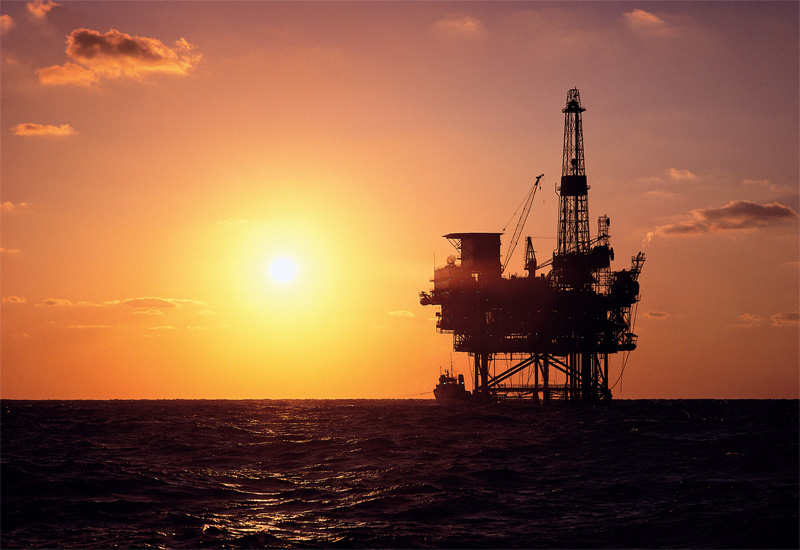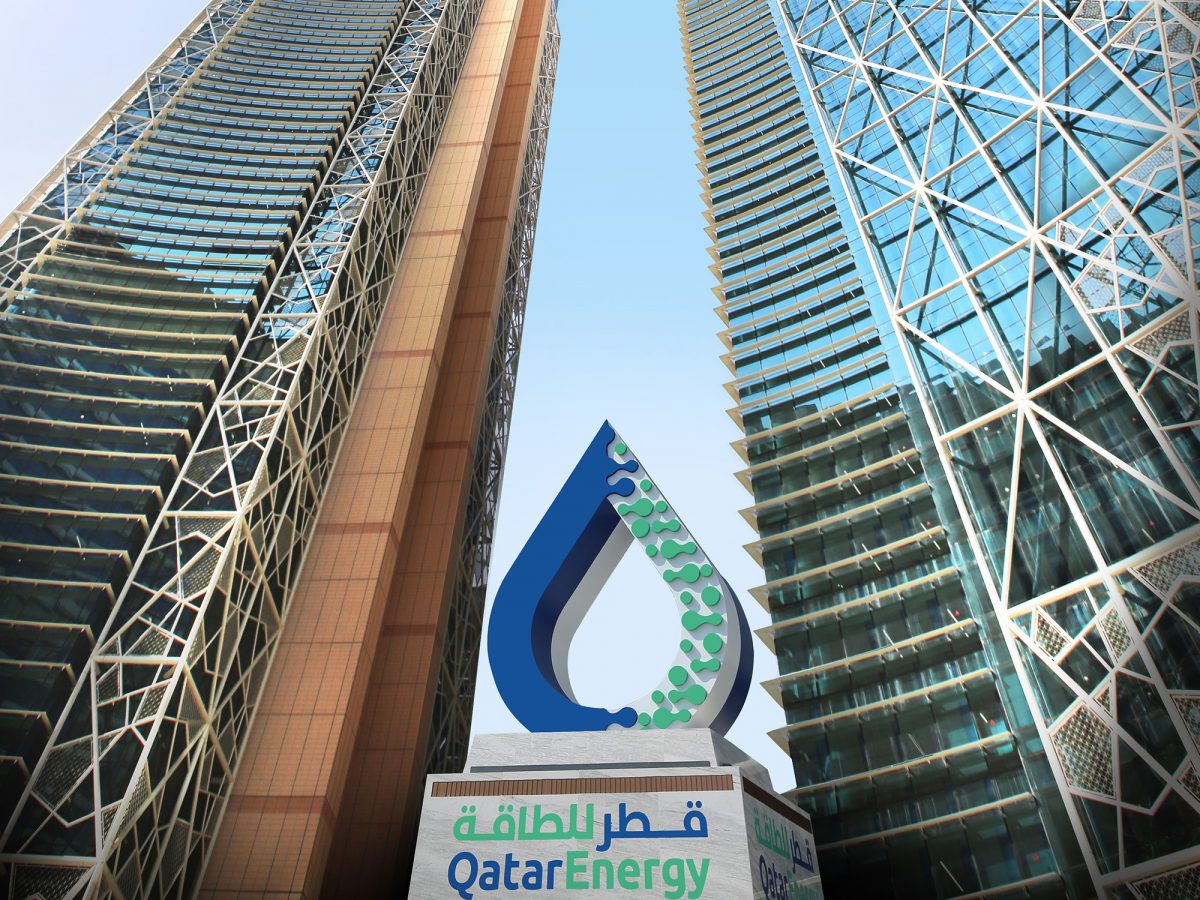Indonesia has granted approval for the first plan of development for the Tuna offshore gas field, signaling a significant investment of nearly $3 billion up to the start of production. The project, situated in the South China Sea between Indonesia and Vietnam, is poised to become a major contributor to the region’s energy landscape.
According to reports from upstream oil and gas regulator SKK Migas, the Tuna field is expected to achieve peak production levels of 115 million standard cubic feet per day (MMSCFD) by 2027. The development is being led by a local unit of London-listed Harbour Energy, which operates the field.
Notably, the abundant natural gas reserves from the Tuna field are destined for export to Vietnam, with shipments slated to commence in 2026, as confirmed by Indonesia’s energy minister in a previous statement.
The South China Sea has been a focal point of geopolitical tensions, with China asserting sovereignty over most of the region based on historical maps. However, a 2016 international arbitration tribunal ruled that China’s claims lacked legal basis.
In 2021, China raised objections to Indonesia’s drilling activities for oil and natural gas in areas that both countries assert as part of their maritime territories. The situation underscored the complex geopolitical dynamics in the region.
Despite these challenges, Indonesia’s approval of the Tuna offshore gas field development represents a significant step towards harnessing the region’s energy potential and promoting energy cooperation between Indonesia and Vietnam. The project’s sizable investment underscores Indonesia’s commitment to tapping into its offshore gas reserves to meet growing energy demands and bolster its position as a key player in the global energy landscape.





